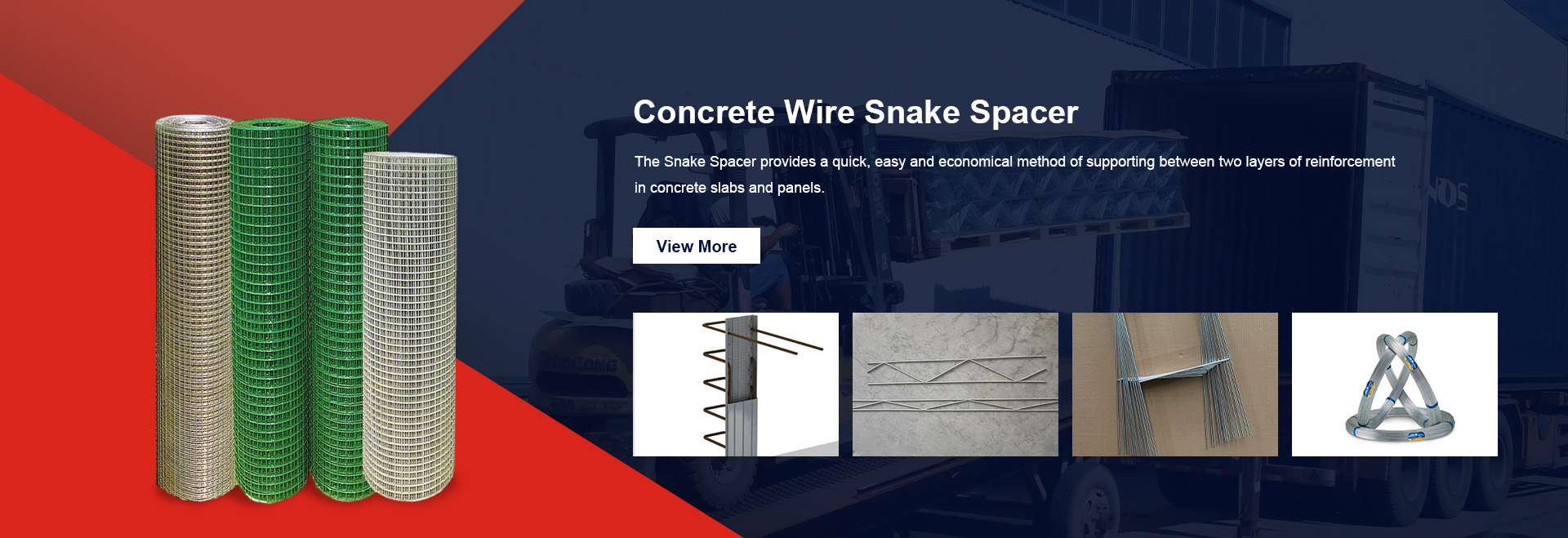
- Mobile Phone
- +8613931874955
- sales@cntcmetal.com
Masonry Veneer Ties - Essential Components for Strong Brick and Stone Facades
Understanding Masonry Veneer Ties Importance and Applications
Masonry veneer ties play a crucial role in the construction and structural integrity of buildings. These ties are essential components used to secure a veneer wall to its structural backing, usually made of concrete, block, or steel. This type of wall system not only enhances the aesthetic appeal of a building but also provides a protective barrier against the elements.
Masonry veneer, typically constructed from materials such as brick, stone, or precast concrete, is a popular choice for both residential and commercial buildings. It offers a classic and timeless look while providing durability and low maintenance. However, the effectiveness of a veneer wall largely depends on the quality and installation of the ties that hold it securely to the main structure.
The primary function of veneer ties is to connect the veneer material to the structural frame of the building. They help to stabilize the wall, preventing it from shifting or collapsing under various forces, including wind pressures and seismic activity. Depending on local building codes and engineering requirements, different types of ties can be employed, including metal ties, wire ties, and adjustable ties, each offering unique benefits suited for specific applications.
masonry veneer ties

One of the essential aspects to consider when using masonry veneer ties is their spacing. Properly spaced ties ensure the veneer wall maintains its structural integrity while allowing for slight movement due to temperature changes or settling. Building codes may outline specific requirements regarding the distance between ties, the type of materials used, and the installation methodology.
Installation of masonry veneer ties must be performed with precision. Factors such as wall thickness, height, and the type of veneer material can affect the choice and placement of ties. Skilled masonry contractors should always check for compliance with local codes and best practices during installation. Failure to properly install veneer ties can lead to significant problems, such as cracking, water infiltration, and ultimately, structural failure.
Besides their structural benefits, masonry veneer ties also play a vital role in energy efficiency. By creating a secure, insulated layer between the exterior veneer and the internal structure, they contribute to improved thermal performance. This can lead to reduced energy costs for heating and cooling, making buildings more sustainable in the long run.
In conclusion, masonry veneer ties are an indispensable element in the construction of veneer facades. They ensure the stability and durability of the veneer, contribute to energy efficiency, and play a critical role in achieving the desired architectural aesthetics. Proper knowledge and application of these ties can significantly enhance the longevity and performance of any masonry structure, delivering not only beauty but also safety and reliability. As construction technologies evolve, the importance of understanding and utilizing appropriate veneer ties will only continue to grow in significance.
share:
-
Your Source for Concrete Wall Ties and Masonry AccessoriesNewsJul.10,2025
-
Unlocking the Power of Iron Wire for Every ProjectNewsJul.10,2025
-
Explore Advanced Chain Wire and Stainless Steel Mesh FencingNewsJul.10,2025
-
Discover the Benefits of Annealed Wire ProductsNewsJul.10,2025
-
Discover China Stainless Steel Wire Mesh SolutionsNewsJul.10,2025
-
Build with Confidence Using High-Performance Masonry AccessoriesNewsJul.10,2025
-
Why Sacrificial Formwork Is Redefining Underground ConstructionNewsJun.06,2025



















